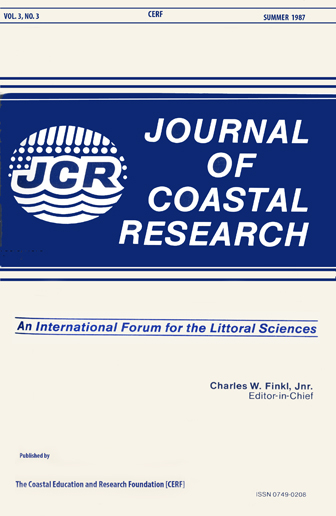Effects of Surrounding Physical and Chemical Environment on the Spatial Heterogeneity in Phytoplankton Communities of Hiroshima Bay, Japan
Keywords:
Aquatic ecosystem, environmental heterogeneity, phytoplankton community, semi-enclosed coastal bay, water quality, multivariate analysisAbstract
The surface waters of Hiroshima Bay, a large coastal embayment subject to marked eutrophication, were sampled over a three month period. Important aspects of in situ environmental heterogeneity include (1) the phytoplankton community, which is sensitive to variations in environmental conditions, and (2) the surrounding physical and chemical environment as habitat for the phytoplankton community. Two multivariate analyses were used to elucidate spatial relationships between these two environmental heterogeneities. Cluster analyses based on phytoplankton composition indicated three different water masses that approximately correspond to the northern, western, and central-to-southern parts of the hay. Multiple discriminant analysis in water quality indicated that spatial differences in phytoplankton composition throughout the bay were a primary response of the phytoplankton community to in situ spatial variations in the physical and chemical environment as represented by water quality.
Downloads
Published
1987-07-23
Issue
Section
Articles


